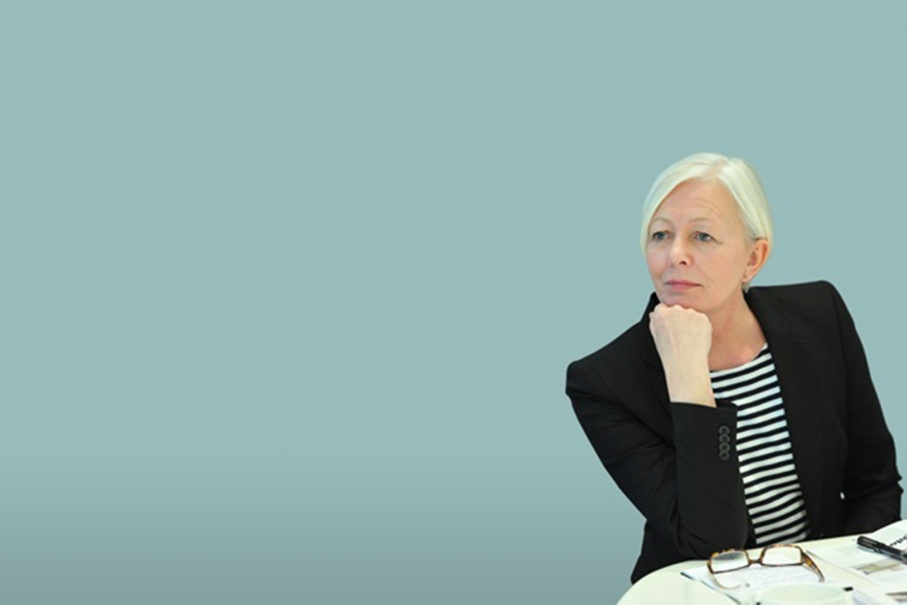
A successful competition entry won’t just be a great design, it will address the client’s concerns and priorities, and demonstrate how constraints can become benefits, says Malcolm Reading.
Architects are perhaps too infrequently reminded not to overlook the client. In the rush to complete competition entries or proposals, it’s surprising how often this happens.
It’s worth reflecting, then, that it’s the client who brings the money, takes the risk and, ultimately, decides what will get built. A competition is the most rarefied moment of engagement, so make sure you know what makes the client tick.
Moira Gemmill, who died last month, was a matchless client, something she honed over many years as the V&A director of FuturePlan. It’s well known that Moira sought out young practices, but beyond this she had the rare skill of nurturing this talent through the fraught process of delivering a finished project. As Eva Jiricná explained: ‘She was the client everybody would have wished to have – understanding, supporting, tough if necessary and, admirably, never losing her sense of humour.’
Moira worked in the world of museums and public procurement, but the commercial world has similar challenges. Projects are always created in the face of opposition from others; funding is often fraught and subject to short use-by dates; planners and stakeholders can be capricious. Clients have to find a happy (but often fragile) equilibrium for these factors.
Then they seek to engage a professional team.
So let me give you some insights into what they are thinking as they sit, as it were, on the other side of the table from you. Typically, you are there because someone on the client side has researched you, admires your work or has picked up a good referral.
Don’t waste time telling them your CV. Instead, try to gauge the DNA of the project and what you can bring to it. As I said in my column last month, direct your analysis to projects the client has recently delivered – what are the common threads and what seems to be a priority?
Reflect this back to the client in the way you speak about their new project and illustrate your approach. If cost is critical, demonstrate how you addressed this successfully in a project; if planning risk is a factor, give evidence that you know how to negotiate.
This is the moment for you to show passion. One of the great strengths of the competition process for selecting architects is that it’s an arena where creativity is revealed and you can’t rely on hiding behind company credentials and past activity.
Shrewd clients (and Moira was one) use the challenge inherent in the process to probe how design can transform project constraints – such as site, space needs and cost – into project benefits. That is the act of alchemy that an aspiring finalist needs to pull off.
At the V&A, Moira made sure the brief was tested before a competition by holding a mini-esquisse at an early stage, often with firms that then went forward to enter the subsequent competition. The benefit? Partly to check viability but, more importantly, to energise her internal client team, bringing areas of conflict in the brief into focus and thus determine priorities for the competition.
Moira had a great respect for engineers, using their deep construction know-how to reinforce and support her young architects, building a team to enable the realisation of the architectural vision.
Lastly, and perhaps most valuable of all (as the Royal Collection Trust saw in appointing her director of capital programmes) she had a passion for integrated design, bringing together architecture, interiors, heritage, lighting, craft and wayfinding to a single interrelated ensemble.
Moira’s legacy gives us a fine model for integrating the passions of designers with the practicalities of delivery. Next time you engage with a new client, see things through their eyes and respect their efforts in making space for great architecture.
Malcolm Reading is chairman of Malcolm Reading Consultants, a leading independent organiser of design competitions.
Reprinted kind permission, the Architect’s Journal, London, UK.

